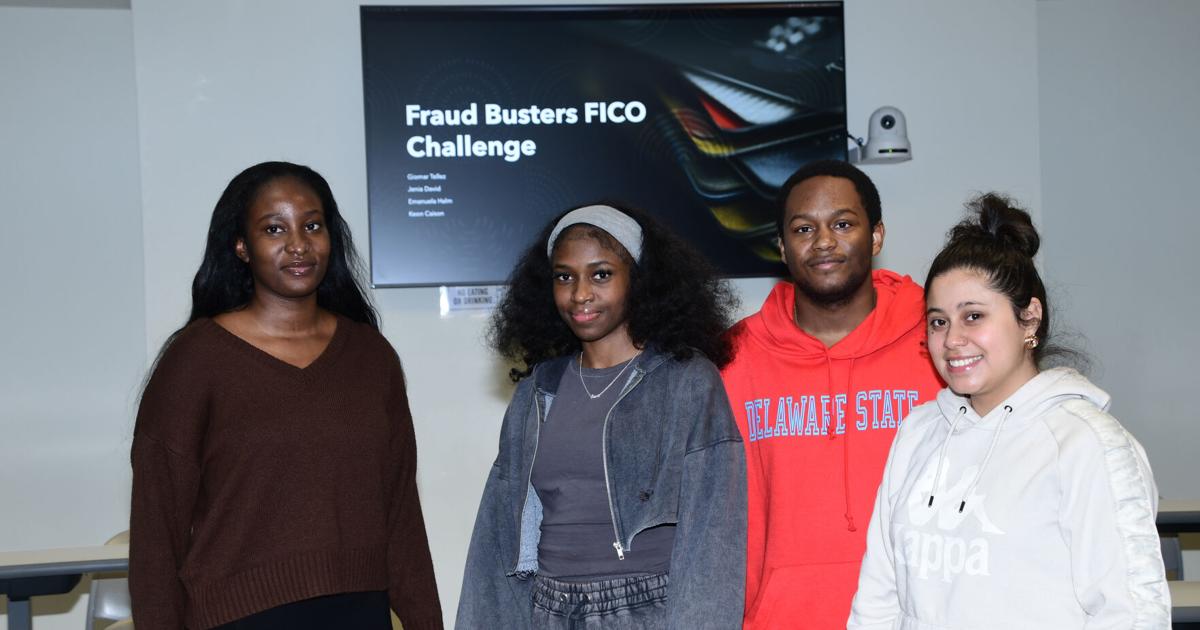This is the new frontier: Digital replicas of featured artists will be created by AI software that ‘reads’ existing video footage, previous shows and films the artist has starred in – and then inserts a digital version of it into a new audiovisual setting.
Digital replicas could deal a fatal blow to the livelihoods of professional artists. Why hire a real person when an AI software product can do the work for you?
Celebrity voice simulators are widely available on the Internet.
A TikTok user recently used AI to imitate the voices of best-selling artists Drake and the Weeknd. The song went viral, with over 11 million hits, but Drake and the Weeknd had nothing to do with it. Simulated moving images of working actors are not far away.

Before this nightmarish future arrives, the government must take steps to ensure that television and film viewers get authentic and genuine performances from our professional performers – and not from bogus algorithmic concoctions derived from digital clips from old films and television shows.
And performers need to be protected from having their livelihoods digitally taken away.
In the United States, Republican and Democratic lawmakers have come together in a rare moment of bipartisanship to promote bills to protect the public and working artists from these digital counterfeits.
The proposed Nurture Originals, Foster Art and Keep Entertainment Safe Act – known as NO FAKES – would create a new kind of intellectual property in voices and visual likenesses.
The proposed law does not ban digital replicas altogether. It recognizes that AI can play a role in audiovisual productions. But it puts the artists themselves in control: they get a say in how their digital likenesses are used.
The American Union for Film Actors and Radio and Television Artists, SAG-AFTRA, took industrial action to secure these kinds of rights. Lawmakers listened.
The New Zealand government says in its 2024 draft creative and cultural strategy that it wants to nurture talent and “value all creative work, people and audiences”. Introducing similar legal protections to those in the NO FAKES bill would help make these ambitions a reality.
Think about who would make money from digital replicas without this kind of protection.
The software companies that license the AI products. Digital platforms and downstream distributors and advertising companies. The manufacturing companies that save money by not hiring people. Even owners of the old movies and shows can make money by licensing their copyrights so that their ‘assets’ can be used for AI machine learning.
The only people who wouldn’t get paid are the professional actors whose performances are converted into the ‘data’ from which these digital replicas are generated.
You might wonder what the big deal is: the performers were already getting paid when they were cast in the original films and television shows that the AI software “read.”
Making a living as a professional artist is already dangerous, especially in Aotearoa.
Television production companies here stopped paying “residuals” in the 1990s – payments that many foreign actors take for granted when programs are repeated at different times or shown in foreign markets.
Only the producers make money here from repeat sales. Collective bargaining rights were stripped from New Zealand artists long ago. Voiceover work for local television commercials has been drying up for years as New Zealanders’ viewing habits shift from ad-supported primetime viewing to digital platforms and social media.
And film producers are holding the government to ransom, threatening to move their productions abroad unless they are allowed to pay local actors far less than foreign counterparts, or often not to hire local actors at all, except for small roles.
Digital replicas could extract even more value from the performances of working actors – value that was never paid for in the first place. Actors’ bargaining rights have never been strong – and how could anyone have negotiated fairly if we didn’t know these AI technologies existed?
This is where legal protections like those being talked about in the United States are so important. But even if the US proposals are adopted by Congress, they will not apply here. And there are no international treaties protecting artists and viewers from digital replicas.
Our artists here have a few legal protections, but nothing as comprehensive. We need our own Aotearoa version.
It’s not just about fair pay. What’s really at stake is the humanity of the professionals who put their skills and soul into their original performances. The right to control one’s image and likeness is a matter of basic human dignity.
The interests of the audience are also crucial. Unless artists get rights to digital replicas, AI-generated fakes will soon be all we have.
There will be no new versions to feed the AI platforms. Do we really want a future where all ‘new’ films, television and other media projects are self-cannibalized repetitions of ‘data’ from the distant past, or completely fabricated digital animations with no human input except from programmers?
If we want a vibrant and constantly evolving culture, our ambitions must be higher.









